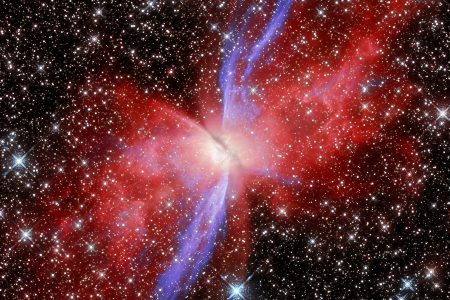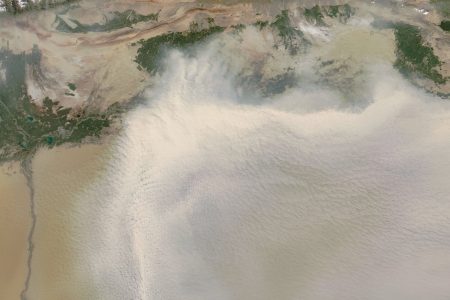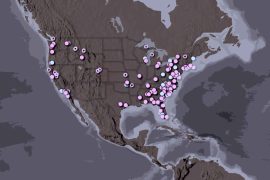Fires in Eastern China
Streaks of thick haze were draped over the fires in Eastern China. The Moderate Resolution Imaging Spectroradiometer (MODIS) captured this photo-like image on June 4, 2006, from NASA’s Terra satellite. Although it is not possible to tell the source of the haze from a photo-like image like this one. Youll find there are several likely contributors.
First, dozens of fires, marked in red, are scattered across the southern edge of the plain. A light pall of gray haze lingers over the largest cluster of the fires below the center of the image. Fires from agriculture could possibly hinting that smoke may be contributing to the haze. Also The Foreign Agricultural Service (FAS) expected China’s winter grain harvest to peak. During the first two weeks of June. Therefore it’s likely that the fires were started by farmers burning the stubble off their fields after harvest. Dust may also be mingling in the mix of haze.
In the lower-left corner and right of the center of the image, the haze is opaque with the earthy tan tone that is common for wind-blown dust. Eastern China experienced an unusual number of severe sand storms in the spring of 2006, when weather patterns in Siberia swept powerful winds across the Gobi Desert and carried dust over Eastern China. The dust shown in this image, however, appears to originate from the North China Plain. Mild drought settled over the Yellow River Basin, the area immediately north of the band of fires, after a dry spring, reported the FAS.
News coming your way





















